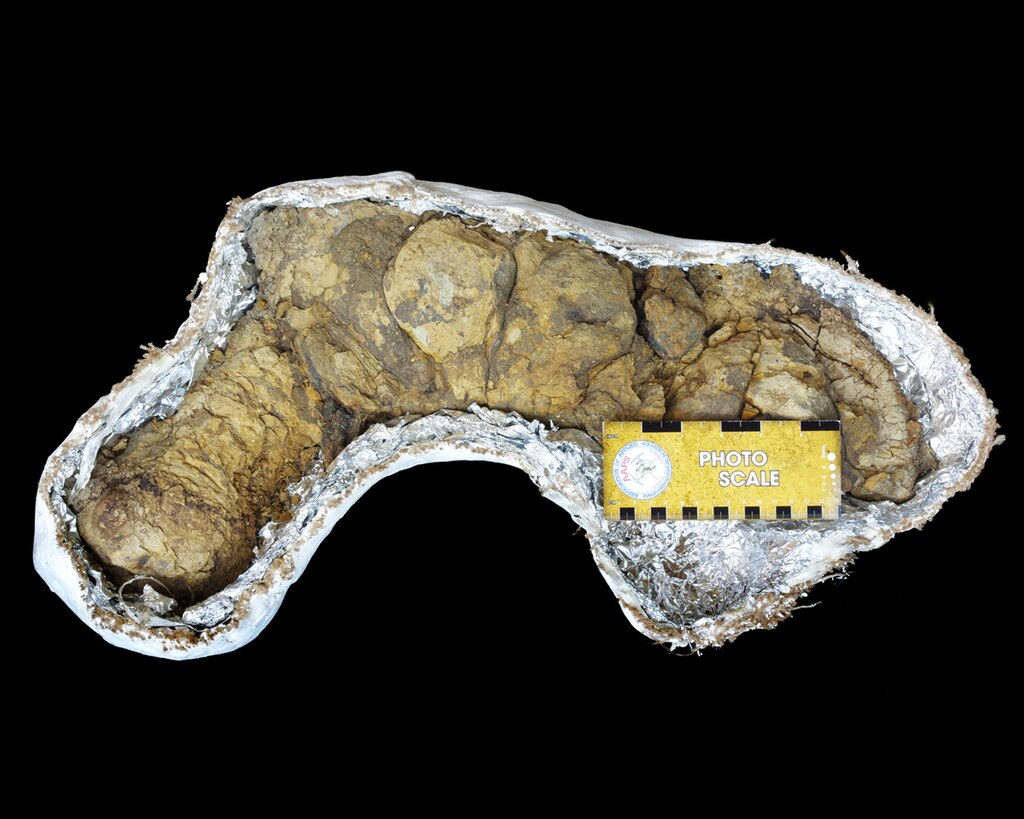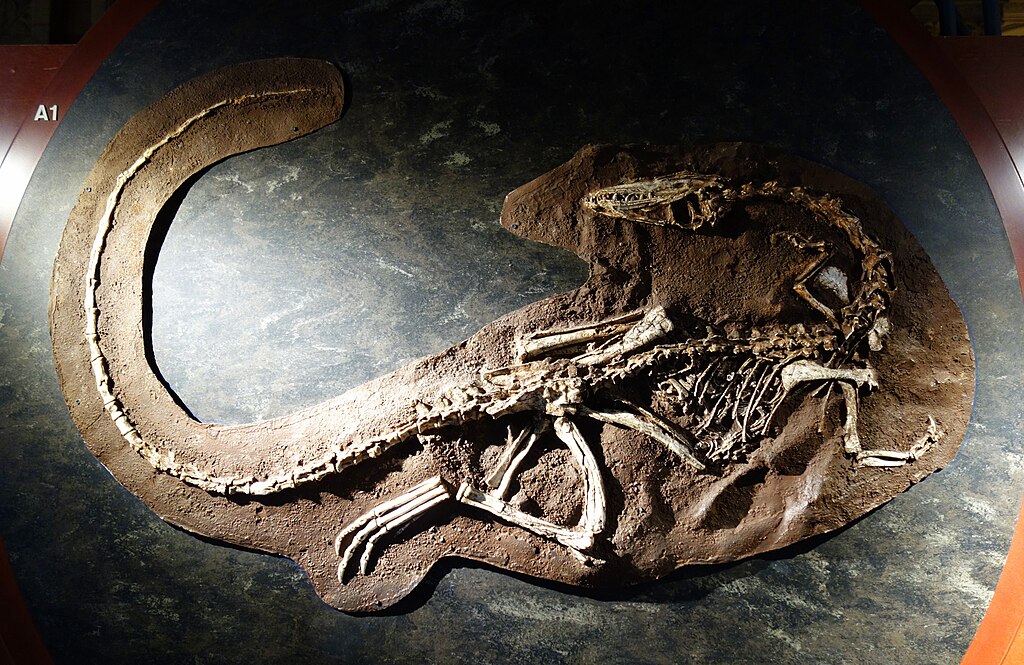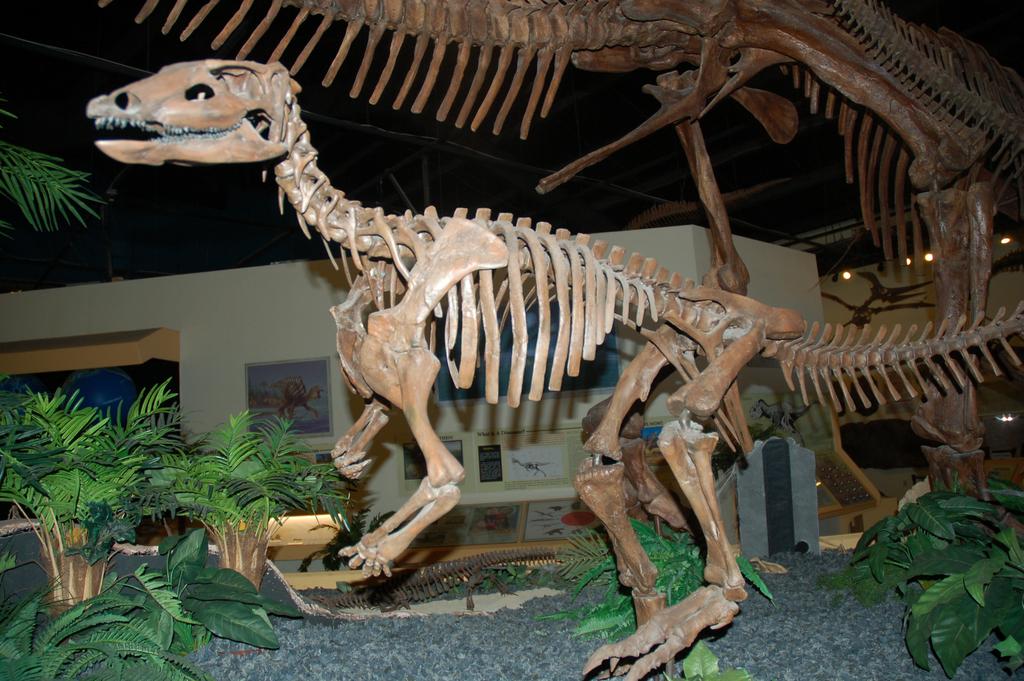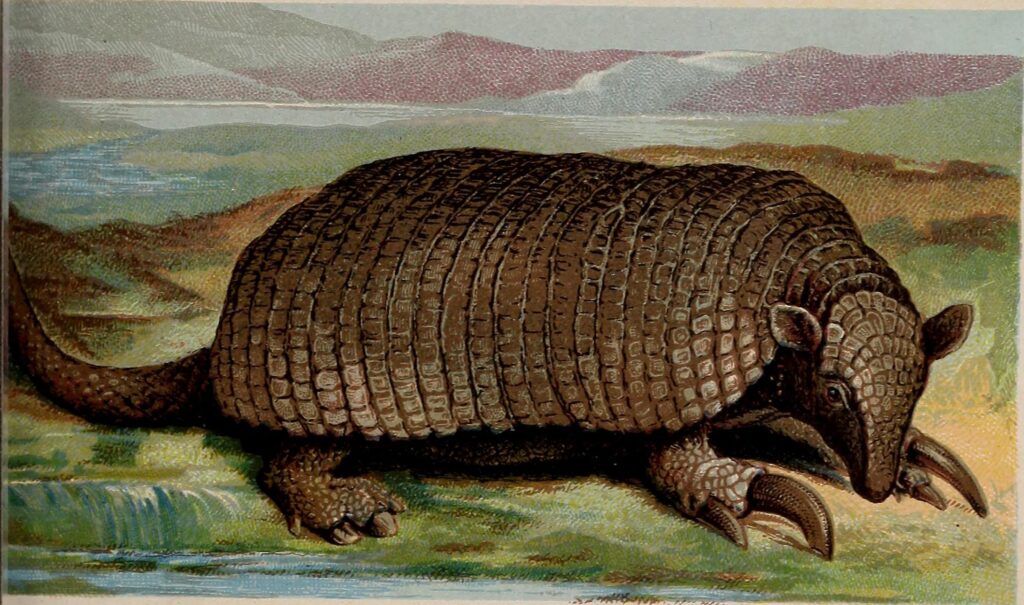In the fascinating world of paleontology, scientists have discovered that some of the most revealing fossils aren’t bones or teeth, but rather the preserved excrement of ancient creatures. These fossilized feces, scientifically known as coprolites, serve as time capsules from millions of years ago, providing unprecedented insights into prehistoric ecosystems. Dinosaur coprolites in particular have become invaluable resources for understanding ancient food webs, environments, and even the behaviors of these magnificent creatures that once dominated Earth. Unlike skeletal remains, which tell us about anatomy and evolution, coprolites offer direct evidence of what dinosaurs ate, the parasites they harbored, and the environments they inhabited, giving us a more complete picture of prehistoric life.
The Science of Coprolites: Nature’s Time Capsules

Coprolites are fossilized feces that have undergone mineralization over millions of years, preserving their structure and sometimes even their contents. The transformation from organic waste to stone occurs through a process called permineralization, where minerals in groundwater gradually replace organic material or fill the spaces within it. For paleoecologists—scientists who study ancient feces—these fossils are goldmines of information. Ranging from a few centimeters to over a foot long for larger dinosaurs, coprolites can be identified by their cylindrical shape, composition, and location relative to skeletal remains. The scientific study of coprolites began in the early 19th century with British geologist William Buckland, but has advanced tremendously with modern analytical techniques that can extract DNA, identify chemical signatures, and even reconstruct three-dimensional internal structures.
How Paleontologists Identify Ancient Poop
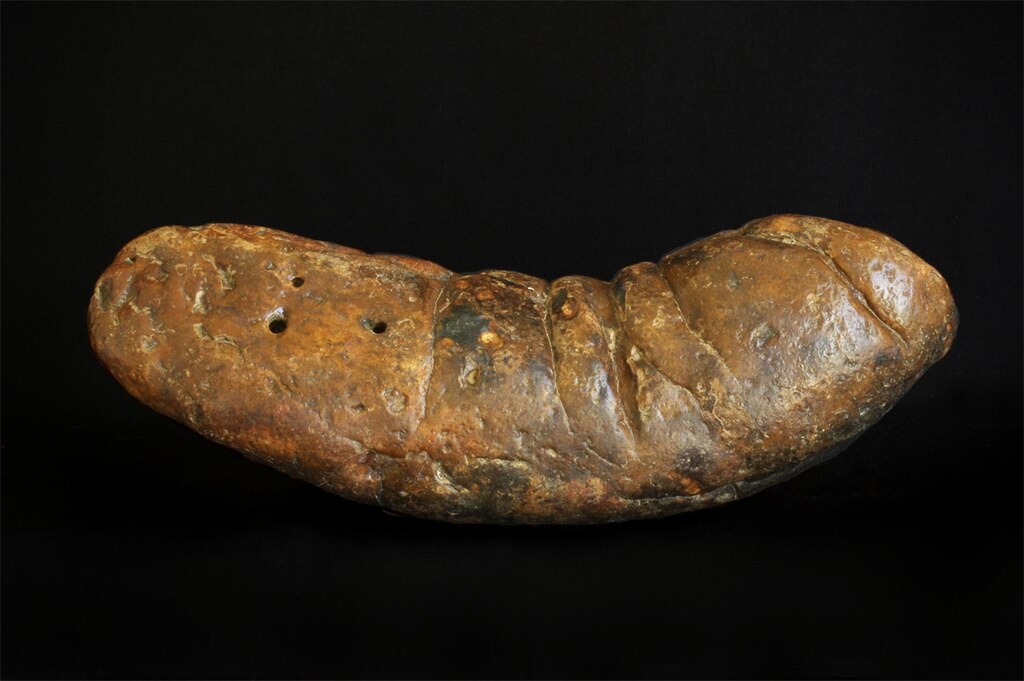
Distinguishing fossilized feces from other geological formations presents a significant challenge for researchers. Scientists employ multiple criteria to confirm a specimen’s identity as a coprolite. True coprolites often display characteristic spiral patterns reflecting the intestinal structure of the animal that produced them, particularly evident in specimens from fish and sharks. Chemical analysis revealing high phosphate content—derived from digested bone—strongly suggests fecal origin. Paleontologists also look for evidence of digested material within the coprolite, such as bone fragments, plant matter, or undigested seeds. Context matters tremendously; coprolites found near skeletal remains can sometimes be attributed to those specific animals. In some remarkable cases, scientists have even discovered coprolites within the body cavities of fossilized animals, representing the creature’s last meals.
Dietary Insights: What Dinosaurs Ate

Coprolites provide direct evidence of dinosaur diets that complement and sometimes challenge what we’ve learned from tooth morphology and skeletal adaptations. Analysis of plant material preserved in herbivorous dinosaur coprolites has revealed surprising dietary diversity, with some specimens containing dozens of different plant species, including conifers, ferns, cycads, and early flowering plants. This suggests many dinosaurs were less specialized in their diets than previously thought. Carnivore coprolites frequently contain bone fragments showing distinctive patterns of acid etching from digestive processes, helping scientists understand not just what predators ate but how thoroughly they processed their food. Perhaps most fascinating are coprolites that reveal unexpected dietary items, like the discovery of crustacean shells in supposedly herbivorous hadrosaur droppings, suggesting some plant-eaters occasionally supplemented their diets with animal protein. These discoveries continue to refine our understanding of dinosaur feeding ecology beyond what skeletal evidence alone could tell us.
Parasites and Pathogens: Ancient Disease Records
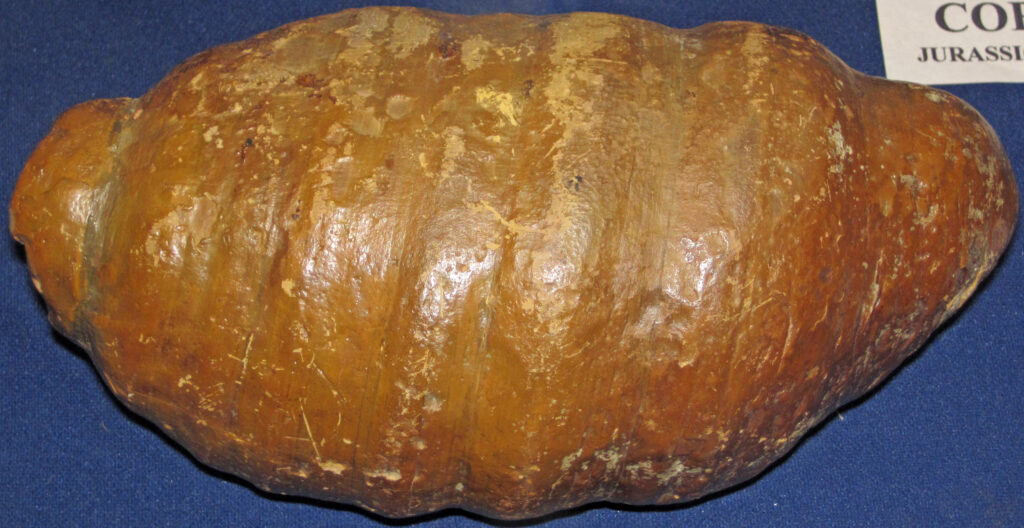
Dinosaur coprolites serve as repositories of information about the parasites and pathogens that plagued these ancient creatures. Microscopic examination has revealed fossilized eggs and cysts from intestinal parasites, including evidence of nematodes, trematodes, and other worms that infected dinosaurs millions of years ago. These findings demonstrate that host-parasite relationships were established early in evolutionary history and have persisted through time. In some particularly well-preserved specimens, researchers have identified microfossils of bacteria and fungi that inhabited dinosaur digestive tracts, providing insights into prehistoric microbiomes. Comparing these ancient parasites with their modern counterparts helps scientists trace the evolutionary history of these organisms and understand how they’ve adapted to different hosts over time. Disease evidence in coprolites also helps paleontologists understand factors that may have affected dinosaur health, population dynamics, and potentially contributed to extinction events throughout history.
Seasonal Variations Revealed Through Prehistoric Waste
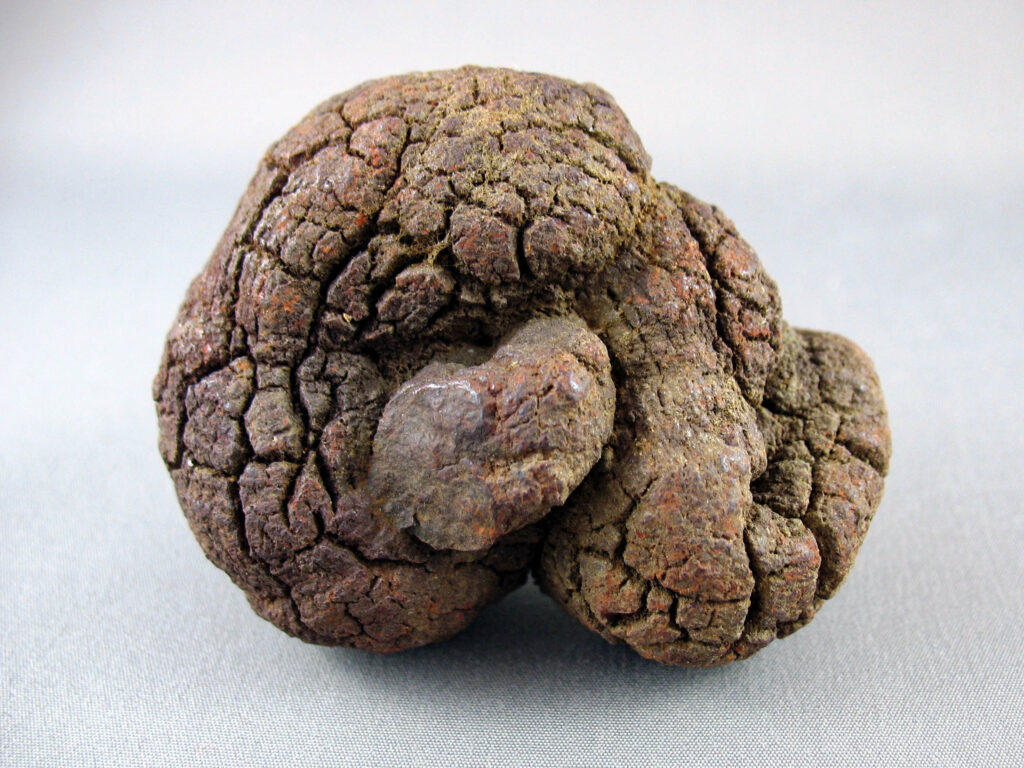
Fossilized feces have proven invaluable for understanding how dinosaurs adapted to seasonal changes in their environments. By examining coprolites from the same locations but deposited at different times of year, scientists can track shifts in diet that correspond to seasonal availability of plants and prey. Some herbivorous dinosaur coprolites show evidence of more woody, fibrous plant material during dry seasons, suggesting adaptation to less nutritious food sources when preferred plants weren’t available. Chemical analysis of coprolite composition can reveal isotopic signatures that change with seasonal precipitation patterns, giving insights into ancient climate cycles. Growth rings in fossilized plant material found within coprolites can indicate which season the droppings were produced, much like tree rings. This seasonal information helps paleontologists reconstruct not just what dinosaurs ate, but how their behaviors and movements might have changed throughout the year in response to environmental fluctuations.
Reconstructing Prehistoric Food Webs
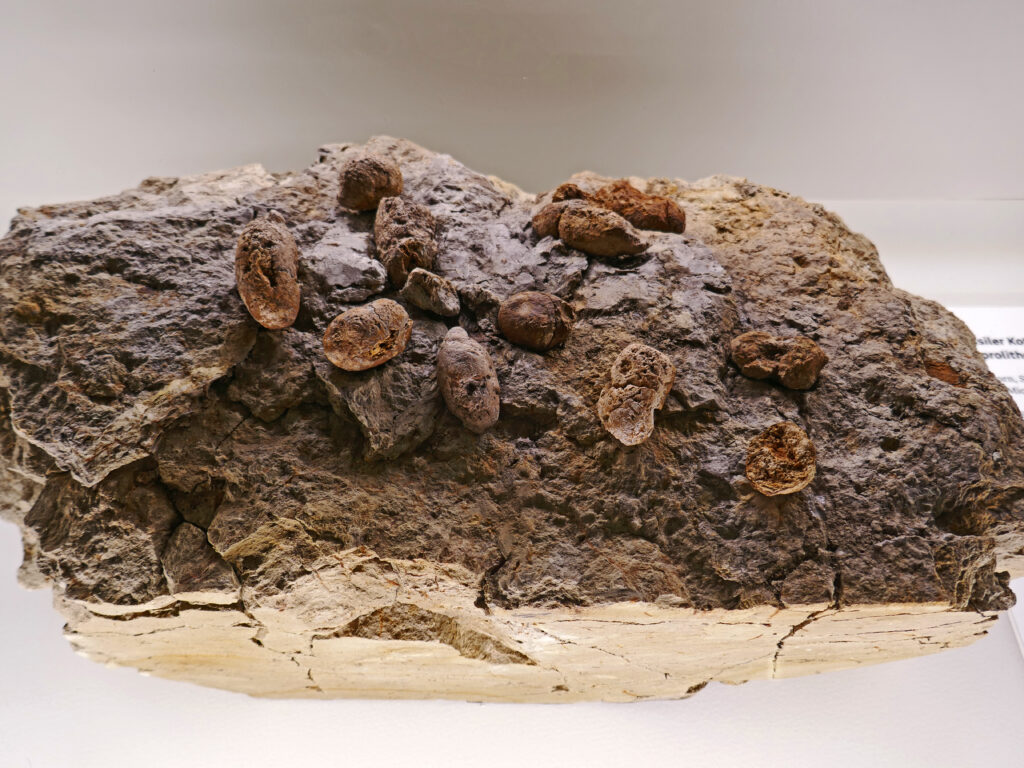
Coprolites serve as direct evidence of trophic relationships—who ate whom—in ancient ecosystems, allowing scientists to reconstruct prehistoric food webs with unprecedented detail. By analyzing multiple coprolites from various species within the same geological formation, researchers can map connections between primary producers (plants), herbivores, and carnivores that lived together. The presence of partially digested animal remains in carnivore coprolites confirms predator-prey relationships that might otherwise be speculative based solely on skeletal evidence. Some coprolites contain evidence of multiple prey species, indicating opportunistic feeding behaviors. Isotopic analysis of coprolites complements this evidence by revealing where different dinosaurs fit within the trophic structure, distinguishing between apex predators, mesopredators, and various levels of herbivores. Perhaps most valuable are instances where coprolites contain material from organisms that rarely fossilize conventionally, such as soft-bodied invertebrates, giving us glimpses of ecological interactions that would otherwise be lost to time.
Dinosaur Behavior Clues Preserved in Poop
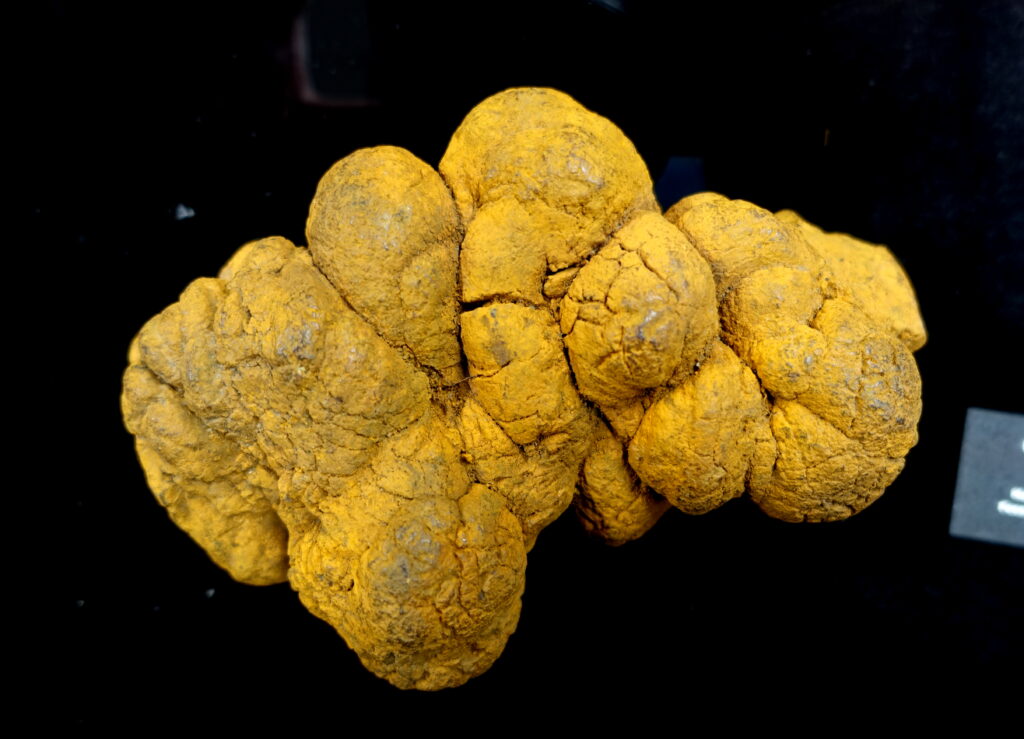
Beyond diet, coprolites offer tantalizing glimpses into dinosaur behaviors that would be difficult or impossible to deduce from skeletal remains alone. Communal latrine sites, where multiple coprolites from the same species are concentrated in one area, suggest social behaviors similar to those seen in modern elephants and other herd animals. The size, frequency, and composition of coprolites can indicate feeding efficiency and digestive physiology, crucial aspects of dinosaur biology. Some coprolites contain trampled material or show evidence of having been stepped on while still soft, potentially indicating high population densities in certain areas. In rare cases, coprolites have been found containing materials that dinosaurs ingested for non-nutritional purposes, similar to the gastroliths (stomach stones) found in some specimens, offering clues about behaviors like deliberate consumption of certain minerals. Spatial distribution of coprolites across prehistoric landscapes can even suggest migration patterns or territory usage among different dinosaur species.
Environmental Reconstruction Through Fossilized Waste
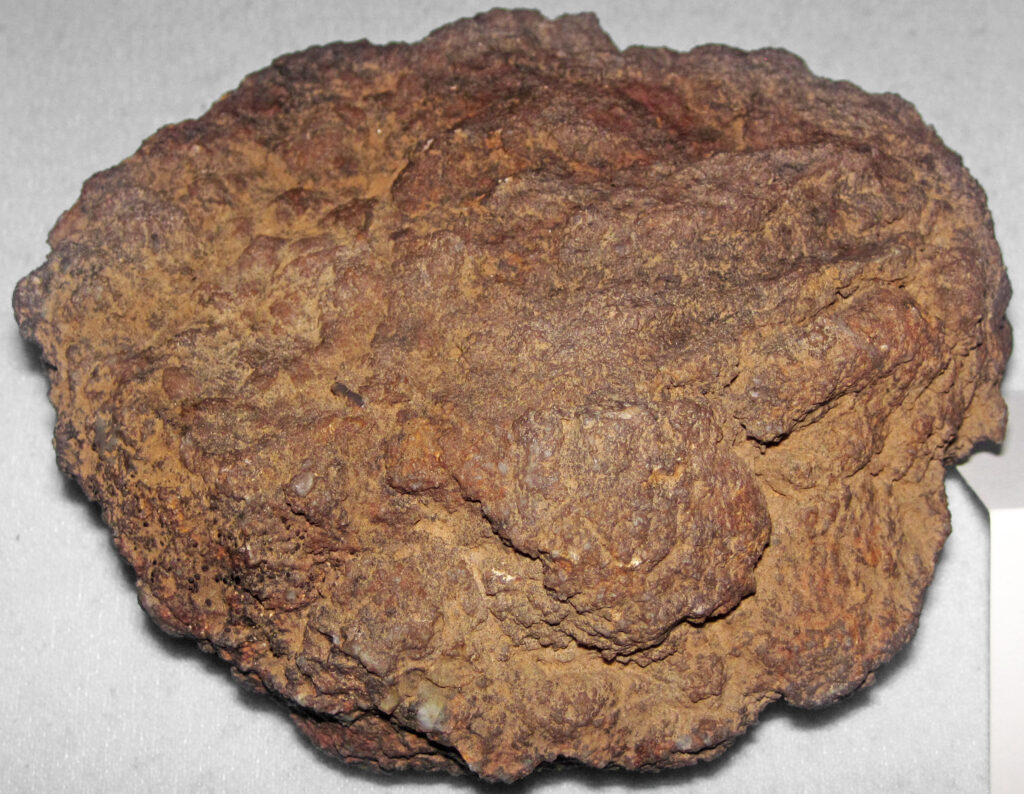
Coprolites serve as environmental indicators, preserving evidence of ancient habitats and climate conditions that existed when dinosaurs roamed the Earth. Pollen grains found in coprolites help scientists identify the plant communities that existed in specific locations, often providing more detailed ecological information than other fossil types. The chemical composition of coprolites, particularly their isotopic signatures, can reveal temperature ranges, precipitation patterns, and seasonal variations in prehistoric environments. Some coprolites contain small fragments of sediment ingested accidentally along with food, preserving samples of soil types from environments that may have otherwise eroded completely. Trace elements in coprolites can indicate the mineral composition of ancient landscapes and water sources, contributing to our understanding of prehistoric geography. When studied alongside other environmental indicators from the same geological formations, coprolites help create comprehensive reconstructions of the diverse ecosystems dinosaurs inhabited throughout their 165-million-year reign.
Analytical Techniques: How Scientists Study Ancient Feces

Modern paleoscatology employs sophisticated technologies that extract maximum information from fossilized feces. CT scanning allows researchers to visualize the internal structure of coprolites non-destructively, revealing layers that represent different meals and identifying inclusions that might otherwise remain hidden. Mass spectrometry and other chemical analysis techniques identify organic compounds that have survived fossilization, including bile acids and sterols specific to certain animal groups, helping attribute coprolites to their producers. Ancient DNA extraction techniques, though challenging with extremely old specimens, have occasionally succeeded in recovering genetic material from coprolites, potentially identifying both the producer and consumed organisms. Paleobotanists use microscopy to identify plant microfossils like phytoliths (silica structures from plant cells) and pollen that resist digestion and fossilization, revealing detailed dietary components. Thin-section analysis, where coprolites are sliced into microscopically thin sections and examined under polarized light, reveals mineral composition and internal structure at the cellular level, providing insights into both diet and fossilization processes.
Famous Coprolite Discoveries That Changed Our Understanding
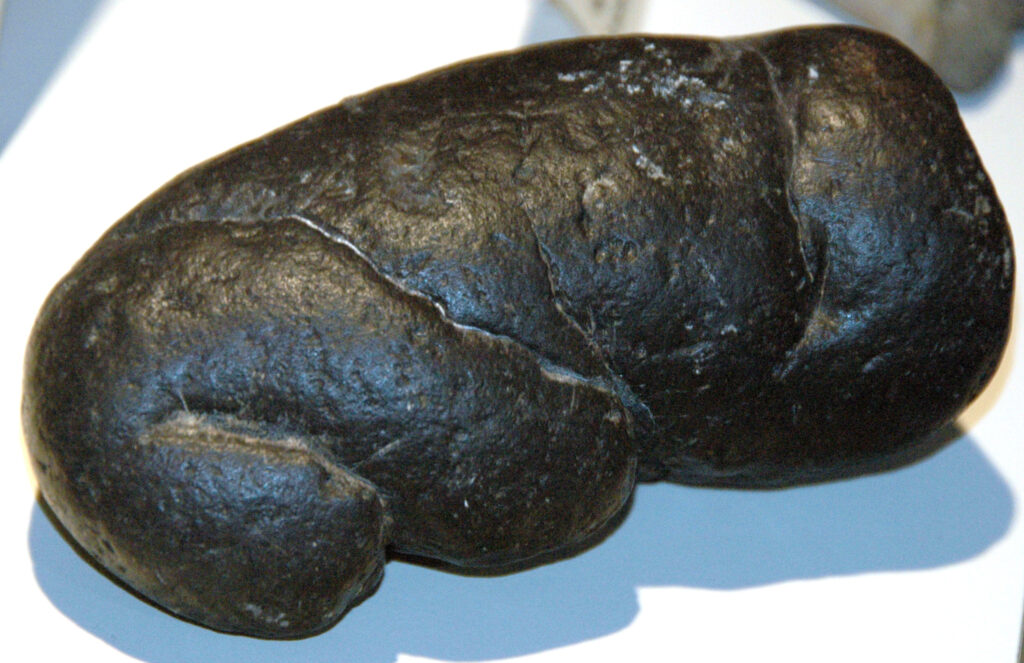
Several landmark coprolite findings have dramatically altered scientific understanding of dinosaur ecology. The Maiasaura coprolites discovered in Montana revolutionized views of hadrosaur diet, revealing they processed plant material far more efficiently than previously thought, suggesting more complex digestive systems. T. rex coprolites containing crushed bone fragments from multiple prey species demonstrated that this apex predator could digest bone more completely than any modern carnivore, explaining the scarcity of prey remains in fossil deposits. The discovery of conifer wood in sauropod coprolites challenged the long-held belief that these giants fed exclusively on ferns and other soft vegetation, expanding our understanding of their ecological impact. Coprolites from the Cretaceous period containing flowering plant remains helped establish when angiosperms became significant components of dinosaur diets, contributing to the understanding of plant-herbivore coevolution. Perhaps most surprising was the discovery of crustacean shell fragments in ornithischian dinosaur coprolites, suggesting seasonal dietary switching that would never have been detected through skeletal analysis alone.
Coprolites and the Dinosaur Extinction Debate

Fossilized feces have contributed meaningful evidence to discussions about what caused dinosaur extinction 66 million years ago. Coprolite records from immediately before and after the Cretaceous-Paleogene boundary show dramatic changes in both abundance and diversity, reflecting ecosystem collapse. Chemical analysis of coprolites deposited around the time of extinction reveals elevated levels of iridium and other elements consistent with the asteroid impact hypothesis. The sudden disappearance of certain types of coprolites from the fossil record matches patterns seen in skeletal fossils, confirming rapid rather than gradual extinction for many dinosaur groups. Some researchers have studied stress indicators in coprolites from the late Cretaceous, looking for evidence of nutritional stress that might suggest dinosaurs were already in decline before the asteroid impact. Particularly valuable are coprolites from organisms that survived the extinction event, which show dietary shifts and adaptations that may explain their survival while dinosaurs perished. These fossilized waste products provide a unique window into the environmental conditions surrounding one of Earth’s most significant mass extinction events.
Challenges in Coprolite Research

Despite their scientific value, coprolite studies face significant challenges that complicate research efforts. Definitively attributing coprolites to specific producer species remains difficult without direct association with skeletal remains, leading to uncertainty in some analyses. The fossilization process itself is biased toward certain environments and conditions, meaning coprolites preserve more readily in some settings than others, potentially skewing our understanding of prehistoric ecosystems. Contamination presents a major concern, as modern microorganisms and DNA can infiltrate porous fossil material, requiring rigorous laboratory protocols to ensure authentic results. The rarity of well-preserved specimens limits sample sizes, making it difficult to draw statistically significant conclusions about broader populations or trends. Analytical techniques continue to improve, but still struggle with the extreme age and altered chemical composition of these fossils, particularly when attempting to extract biomolecules or DNA sequences. Despite these challenges, researchers continue developing innovative approaches to maximize information gained from these remarkable windows into prehistoric digestive tracts.
The Future of Dinosaur Poop Research
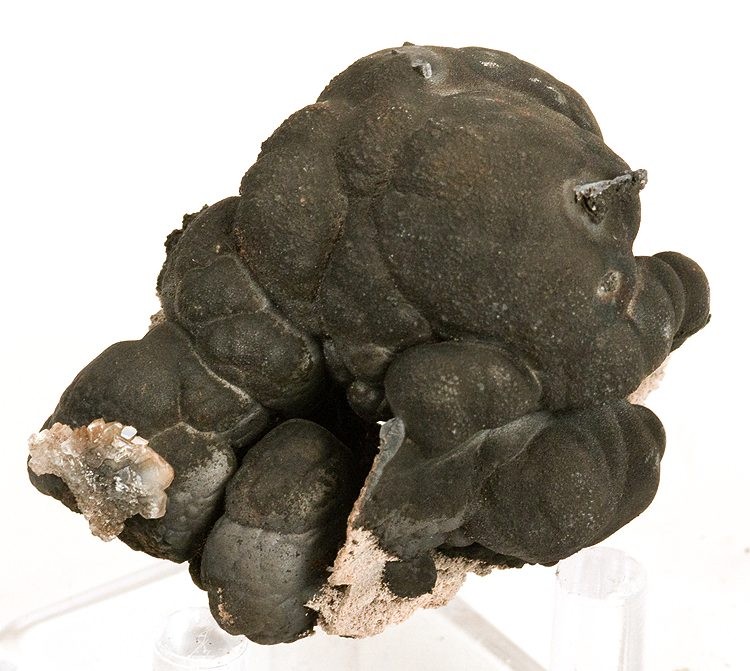
Emerging technologies promise to revolutionize coprolite research in the coming years, extracting even more information from these prehistoric time capsules. Advanced proteomics techniques may soon allow scientists to identify and analyze ancient proteins preserved in coprolites, potentially revealing more precise information about both producers and their diets than current methods. Improvements in ancient DNA recovery and analysis could make genetic information more accessible from increasingly older specimens, potentially clarifying taxonomic relationships and diet composition. Machine learning algorithms are being developed to help identify coprolite producers based on multiple characteristics, addressing one of the field’s most persistent challenges. Interdisciplinary approaches combining paleontology with microbiology, chemistry, and ecology are yielding more comprehensive interpretations of coprolite data within broader ecosystem contexts. As climate change concerns grow, researchers are increasingly studying coprolites for insights into how prehistoric ecosystems responded to environmental shifts, potentially informing conservation strategies for modern ecosystems facing similar challenges. With each technological advancement, these humble fossils continue revealing new chapters in Earth’s fascinating biological history.
What Dino Poop Tells Us About Ancient Habitats

The study of fossilized dinosaur droppings has evolved from a scientific curiosity to a sophisticated discipline that provides unique windows into prehistoric worlds. Coprolites reveal intimate details about ancient life that no other fossil type can provide, from dietary preferences and parasitic infections to social behaviors and environmental conditions. As analytical techniques continue advancing, these time capsules of prehistoric waste will undoubtedly yield even more secrets about the magnificent creatures that produced them and the complex ecosystems they inhabited. Far from being mere fossilized waste, dinosaur coprolites represent some of paleontology’s most valuable treasures—direct evidence of ancient life processes preserved across millions of years, connecting us to Earth’s distant past through the most unlikely of fossils.

